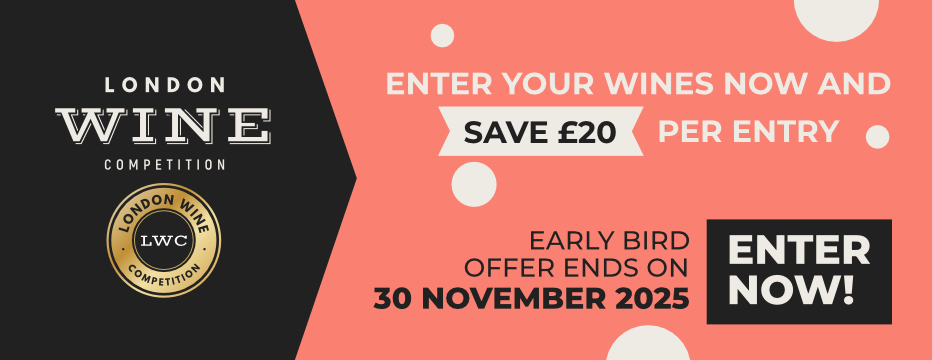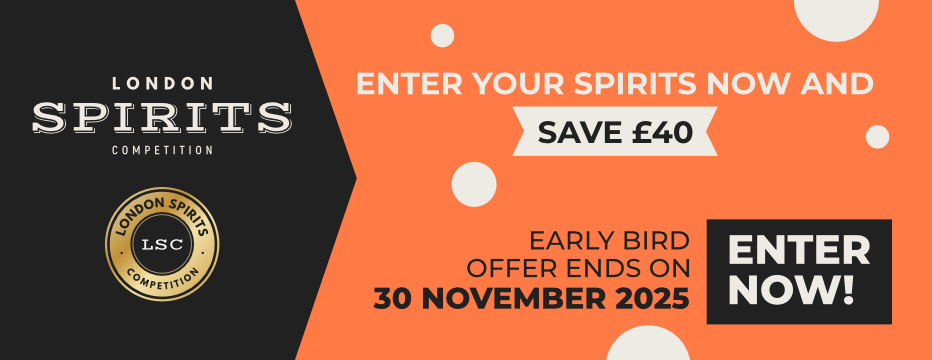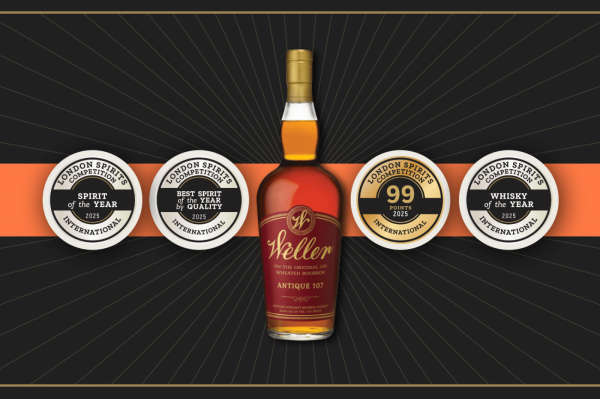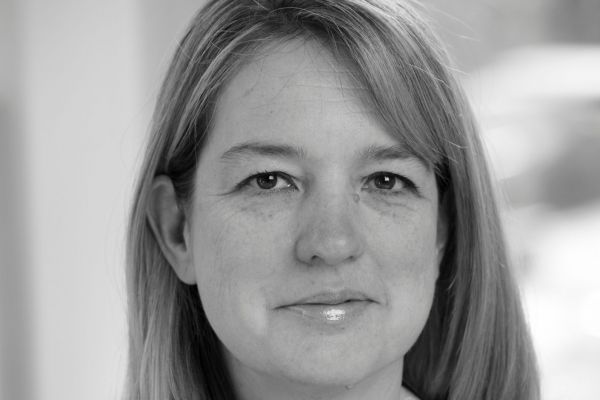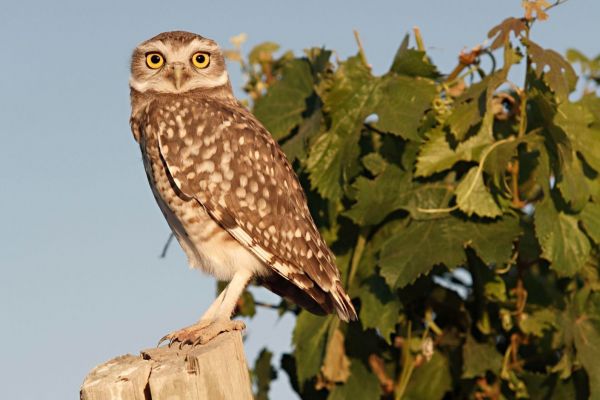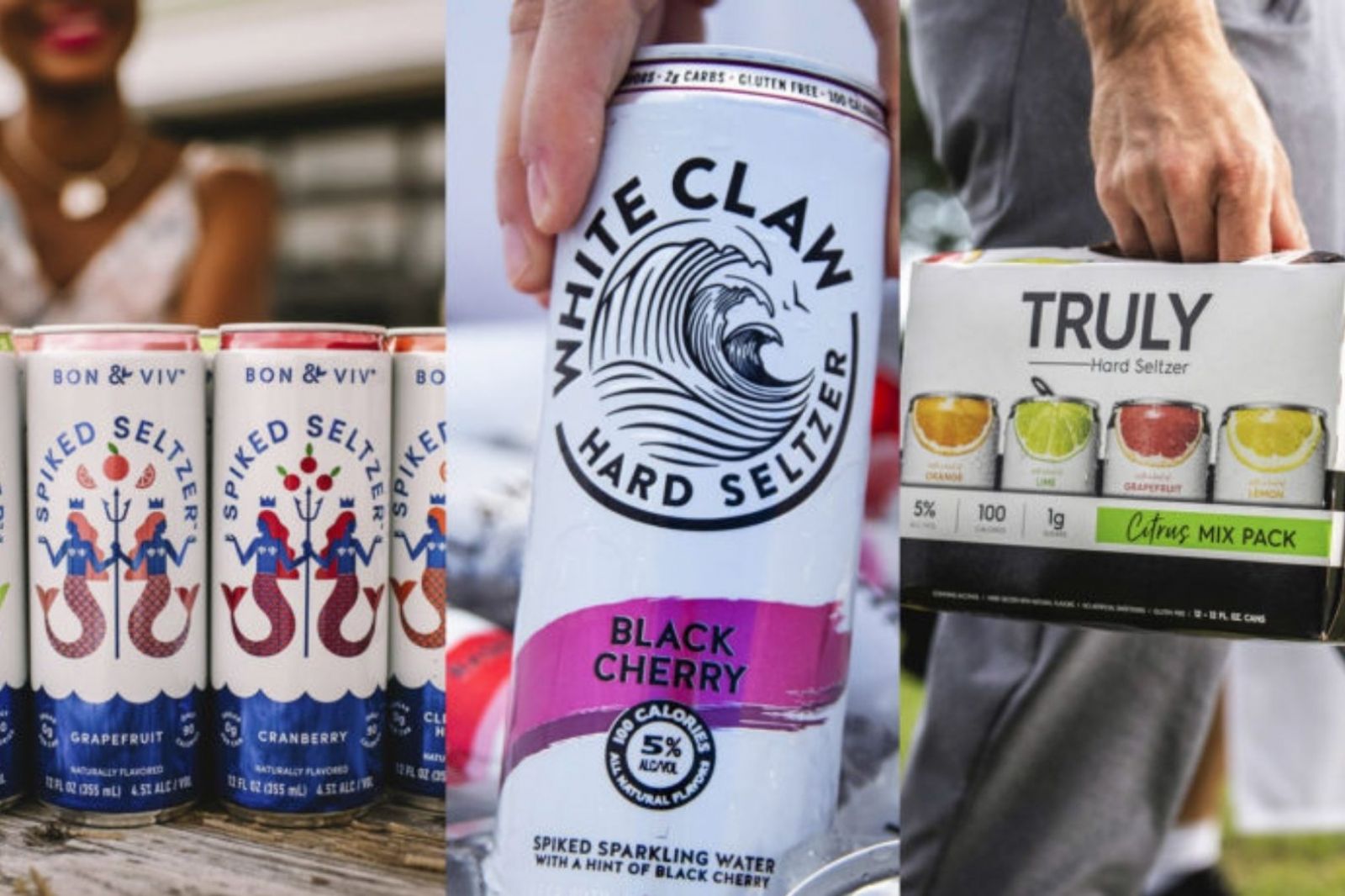
Your Business
Riding the fizzy wave from across the Atlantic
28/02/2022 Across the Atlantic, hard seltzers – canned drinks, made from sparkling water, neutral grain alcohol and fruit flavourings - have taken the market by storm in recent years, and while the category is still growing that initial rate of growth has slowed.
The old adage that where America leads the UK follows, is particularly apt when it comes to the hard seltzers market. Across the Atlantic, hard seltzers – canned drinks, made from sparkling water, neutral grain alcohol and fruit flavourings - have taken the market by storm in recent years, and while the category is still growing that initial rate of growth has slowed. However, it is still the sector that is driving the total US alcohol market.
[[relatedPurchasesItems-39]]
Since the introduction of the first brands in 2015, it was the subsequent launch of the phenomenally successful White Claw the following year that really kick-started the trend, a brand that now accounts for around half the US market inspiring countless me-too imitators. Across the pond, hard seltzers have had three to four years in development before really exploding in the summer of 2020. By the end of 2022 hard seltzers in the US are predicted to surpass both vodka and whisky combined, according to the IWSR in its recent report into the sector, while globally, the market is expected to grow from $10.5bn in 2021 to $12.35bn in 2022 and $23.45bn by 2026.
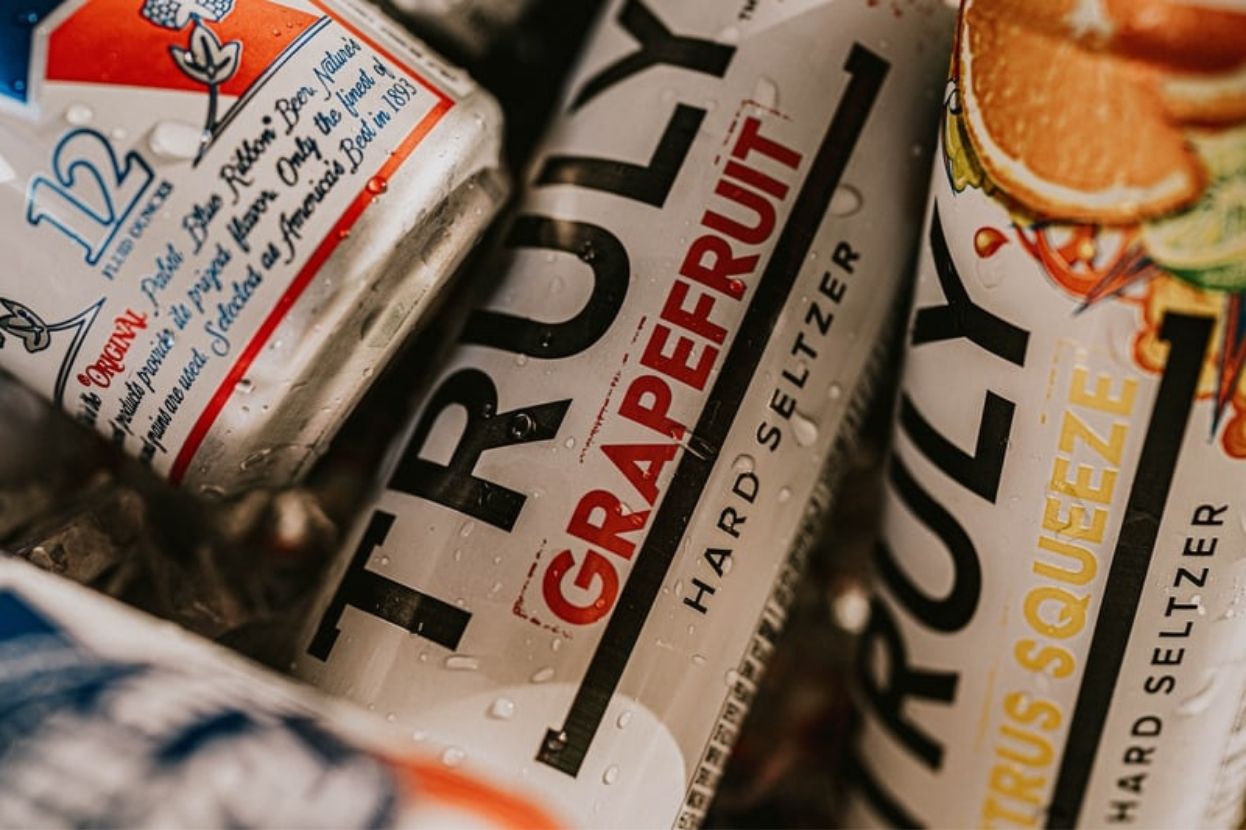
“The beverage alcohol market in the US has remained relatively resilient through Covid-19 so far, led particularly by the popularity of the RTD category, including hard seltzers,” says Brandy Rand, COO, Americas at IWSR Drinks Market Analysis.
And now industry watchers on this side of the Atlantic are predicting big things for the sector, with the likes of Brewdog, Kopparberg and Smirnoff all launching their own versions, while small batch craft producers also hoping to muscle into the action which has seen celebrities such as rapper Travis Scott and super-chef Gordon Ramsay creating their own brands. Meanwhile, American millennials are more likely to have drunk a White Claw hard seltzer in the past 30 days than any other drink with the exception of Bud Light or Corona according to a YouGov poll of 2800 young drinkers. Tesco, meanwhile, expects the market to quadruple this year.
While a mere 7% of the UK population surveyed in 2020 had heard of hard seltzer, and an even smaller 2% had tried one, the trend is fast gaining traction, according to Nick Britton, former head of innovation at Diageo and now founder of High Water, a UK brand of hard seltzer that includes vodka and Cotswolds spring water.
“Hard seltzer volumes outside the US are small, but awareness is also low,” confirms the IWSR’s Rand. “As that awareness grows, we’re seeing that people are increasingly willing to consider trying these products.
“It’s important to remember that it took a few years for hard seltzers to catch on in America, and we’re still in the early days in this category outside the US.”
Oli Clements, co-founder of the Drty hard seltzer brand concurs with this view. “I’d be cautious to say 2022 is the year it will explode in terms of reaching its full potential, but we will undoubtedly see more of the fast category growth we’ve seen in 2021 vs 2020,” he told Drinks Retailing News.
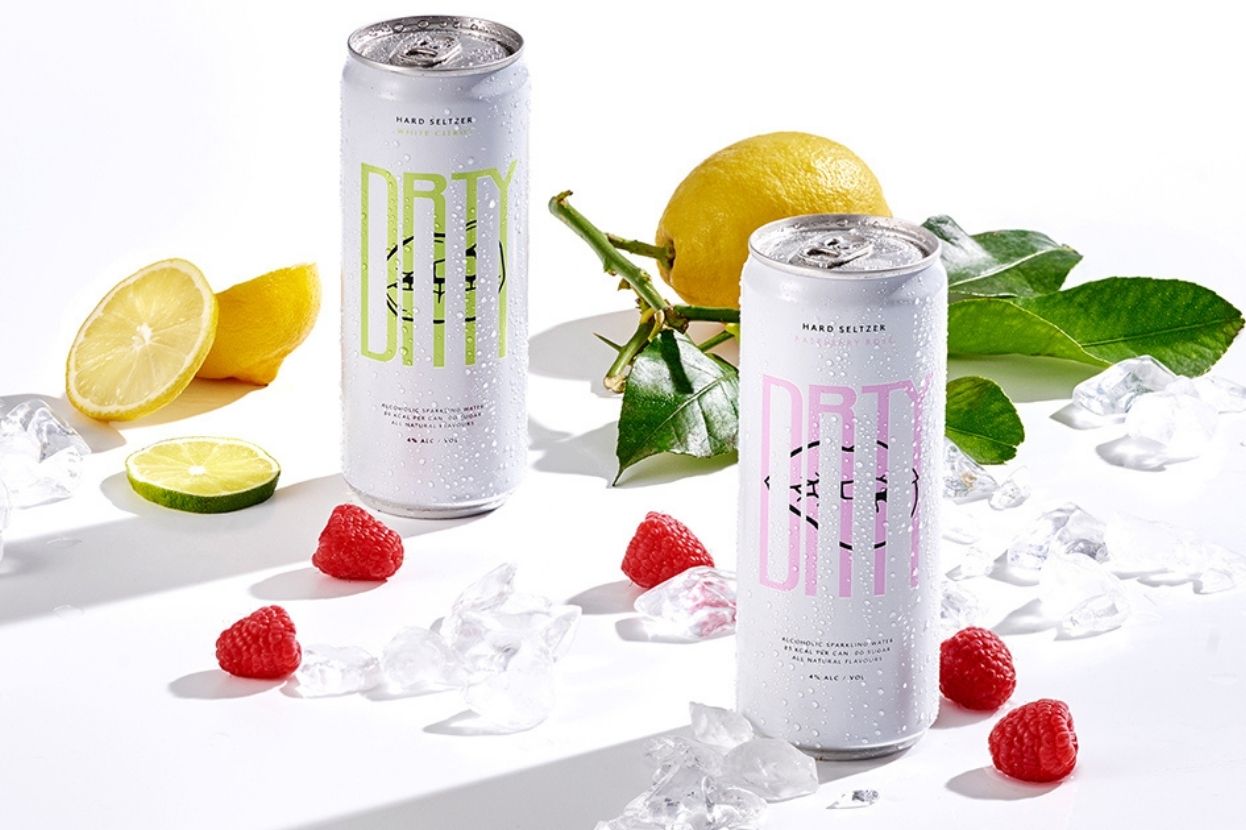
Drty Hard Seltzer: Sparkling Water, Carb-free Alcohol & Natural Fruit Flavours
This much heralded category is forecast to grow by 90% between 2020 to 2025, according to the IWSR and in the UK is being driven by “consumer demand for flavourful drinks with better for you attributes” predicting that hard seltzers will account for half of all global RTD volumes by 2025 – up from 30% share in 2020. With up to a third of UK adults now reportedly reducing or moderating their alcohol consumption, the drinks appeal to this sector, as well as those counting the calories.
Alexandra Hays of food consultancy Harris & Hayes notes that the drinks “hit the sweet spot between hydration and hedonism” appealing to the want it all consumer who wants to feel good about themselves but doesn’t want to give up alcohol completely.
Britton adds that success in the UK will be gradual but inevitable. “Drinks trends tend to take one to two years to cross the Atlantic and Covid has slowed this trend. With pubs bars and restaurants reopening now we expect a surge in the trail of hard seltzers,” he told the Guardian.
Accolade Wines marketing director Tom Smith also notes the shift in focus towards better for you drinks.
“As a result of the increased focus on moderation, we expect the importance of low/no-alcohol products to increase following the Christmas period, with sales projected to rise 31% by 2024,” he says. “Our dedicated seltzer line, Nine Yards, engages with younger drinkers and adapts to the changing alcohol landscape.”
And key market players in the sector are rushing to ride the same fizzy wave from across the Atlantic by innovating and investing in the development and launch of new, stand-out products to grab a slice of the burgeoning market.
In 2021, for example, US brewing giant Anheuser-Busch, announced its plans to invest more than $1 billion in hard seltzer plants during the next two years. Furthermore, rival brewer Molson Coors is expected to invest some $100 million this year in boosting the production of spirit and malt-based hard seltzers.
In March last year, UK-based Diageo snapped up Far West Spirits for an undisclosed sum, and as a result of the acquisition, is planning to build and expand its portfolio in the hard seltzer arena.
But it’s not only the big alcohol monoliths that are muscling into the market, but smaller independently -owned craft batch producers too. One new brand that might pave the way in the UK market is Fefe, a 5% abv seltzer from Paris. Created by the brains behind two of the city’s hippest bars, Le Syndicat and La Commune, and the celebrated perfumier Jean Niel, the recipes are more like cocktails with flavours such as Cucumber and Eucalyptus; Tonic, Juniper and Grapefruit; and Strawberry & Sandalwood, all with natural, nuanced flavour profiles. Already launched successfully in France, Fefe is on the brink of its global debut later this year.
Wild Spring is another new hard seltzer aiming to raise the bar. Created by London fashion PR veterans Fran and Charlotte Cutler, it’s made from natural extracts with no sweeteners – and at less than 100 calories a can, aimed squarely at the young, health-conscious demographic. “In the fashion world it's all about the calories, so hard seltzers make a lot of sense,” they tell the Financial Times. “But a lot of branding in this sector is really corporate. We thought there was a gap in the market for a brand that was fun, sexy and cool.”







